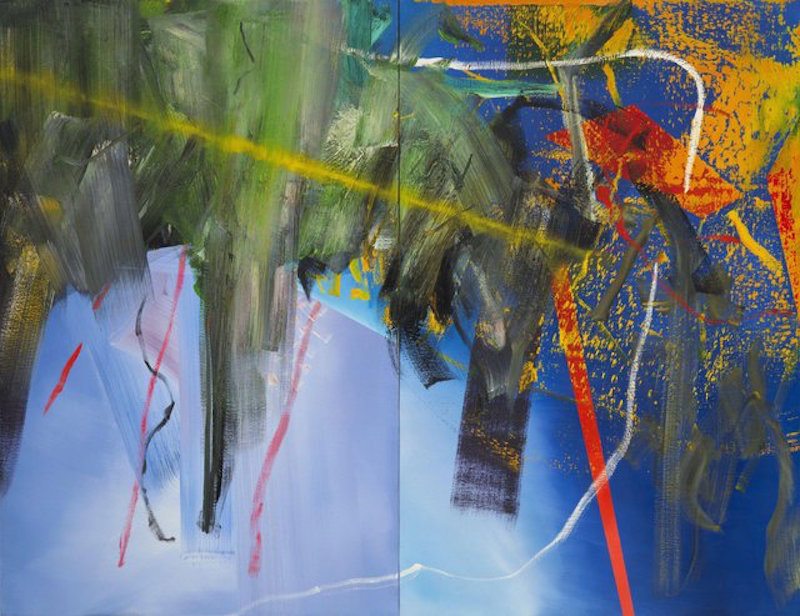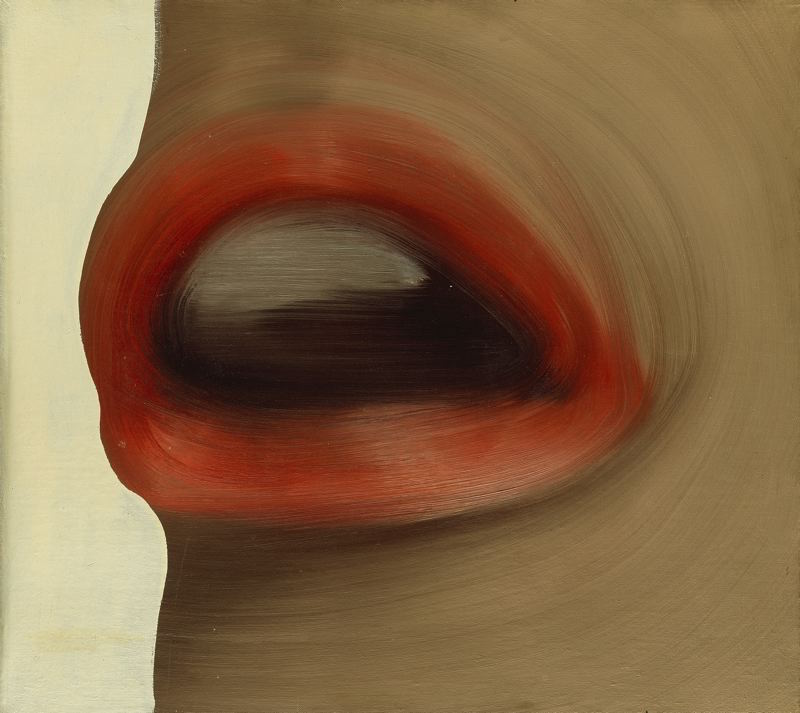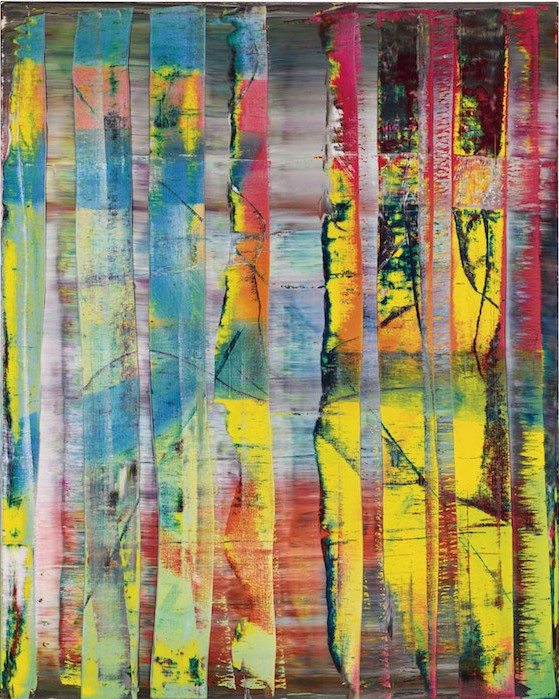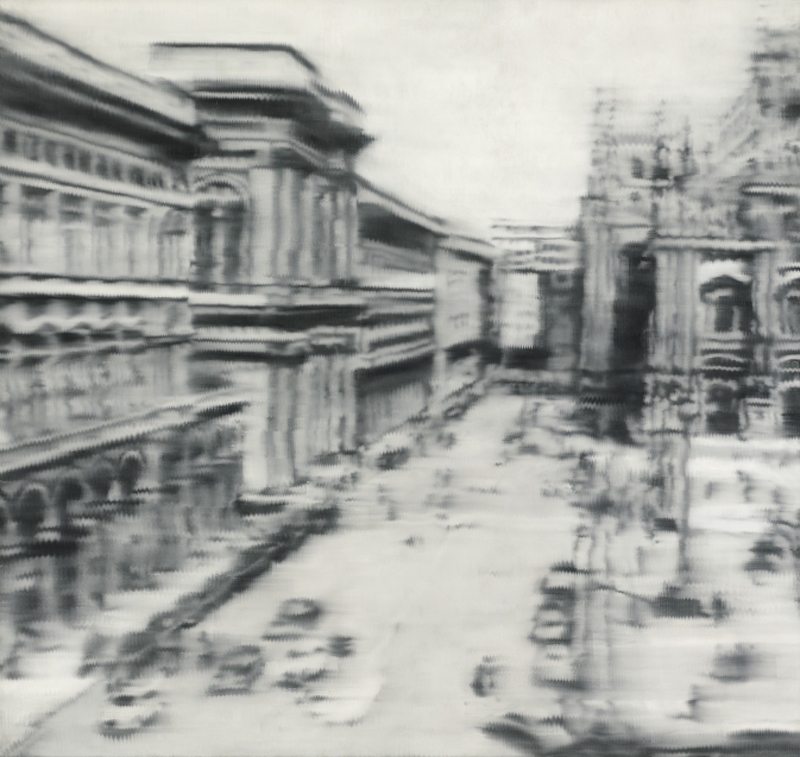Gerhard Richter
Episode #3 of the course “Ground-breaking contemporary artists”
Gerhard Richter is a German painter, considered a founder of the New European Painting movement of the 20th century. Although his most common medium is paint, this artist has produced photographs and stained glass as well. His paintings range from abstract to realistic, and he promotes the idea that an artist is not obligated to maintain one “style” throughout his career. Richter has been criticized for being somewhat of a plagiarist, in that many of his paintings “duplicate” photographs. Despite criticism, Richter’s artworks have broken their own records several times as the most expensive paintings ever sold.
 Clouds
Clouds
 Mouth (Brigitte Bardot’s Lips)
Mouth (Brigitte Bardot’s Lips)
In Waltersdorf and Reichenau during World War II, Richter’s father was forced to join the Nationalist Socialist Party, but he was never an active member. This affected his son’s political views and interest in art. After dropping out of school and working as a commercial painter, Richter applied to the Dresden Academy of Fine Arts three times before his acceptance. When he escaped to West Germany shortly before the erection of the Berlin Wall, his early works at the Academy were destroyed. He studied and taught at institutions around Europe, finally settling in Cologne in 1986, where he lives today.
Richter’s paintings focus on the process of painting. He projects a photograph onto a large canvas, copies the lines and color palette, then applies oil paint in thin layers. Sometimes, his paintings have a crisp realistic appearance that is almost photographically precise. Other times, the paintings exhibit a “blurred quality” that has become nearly trademark of Richter’s photo-based paintings. His subjects range, including people, places, objects, color, light, and even the paint itself.
 Abstraktes Bild
Abstraktes Bild
 Domplatz, Mailand
Domplatz, Mailand
In his later career, Richter has experimented with the effect of squeegees on his paintings, as well as with abstract forms that are reminiscent of Jackson Pollock. Richter also considers Andy Warhol a huge influence. He rarely produces commissioned pieces, and out of his hundreds of artworks only a handful have been ordered. Two of his most famous works, Abstraktes Bild and Domplatz, Mailand, have broken each other’s records as the highest-priced painting by a living artist.
Quotes
“Gray is the color… the most important of all… absent of opinion, nothing, neither/nor.”
“Every museum is full of nice things. That’s the opposite of before. It was important things or serious things. Now we have interesting things.”
“I’m still very sure that painting is one of the most basic human capacities, like dancing and singing, that make sense, that stay with us, as something human.”
“Without form, communication stops… without form, you have everybody burbling on to themselves, whenever and however, things that no one else can understand and – rightly – no one else is interested in.”
“Politicians are nauseating by definition… They can produce nothing, neither a loaf of bread nor a table nor a picture; and this inability to create value, this total inferiority, makes them jealous, vengeful, insolent and a menace to life and limb.”
All artworks
Recommended book
“Gerhard Richter: Panorama: A Retrospective” byby Achim Borchardt-Hume
Share with friends

